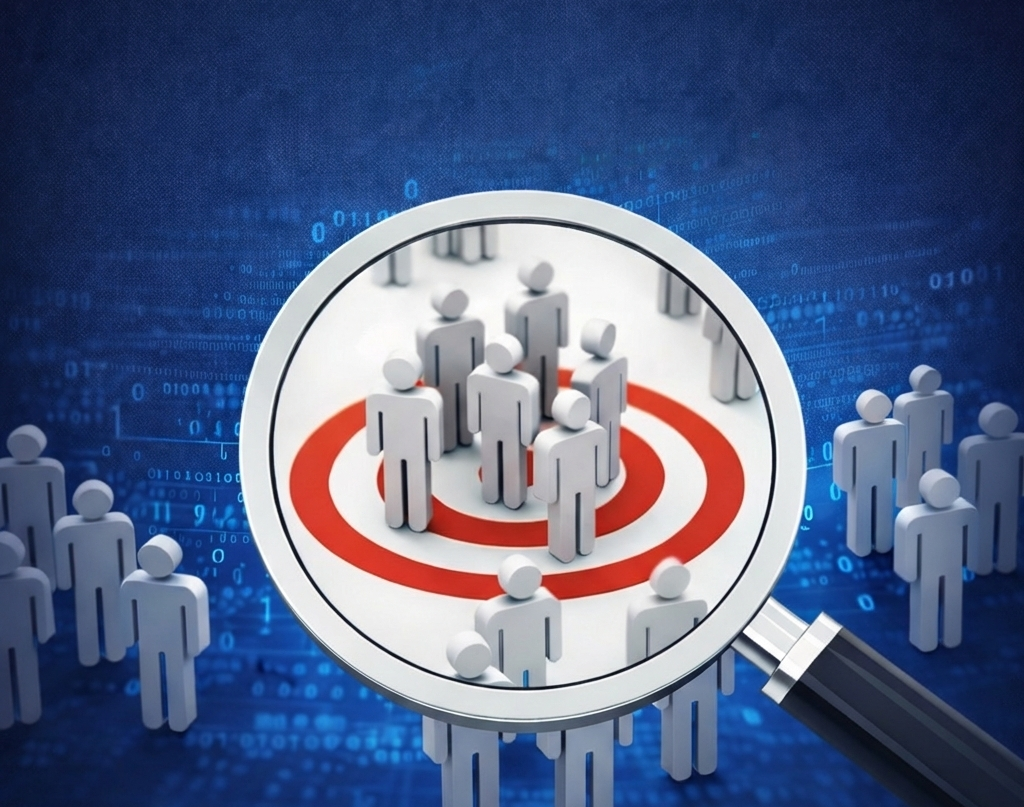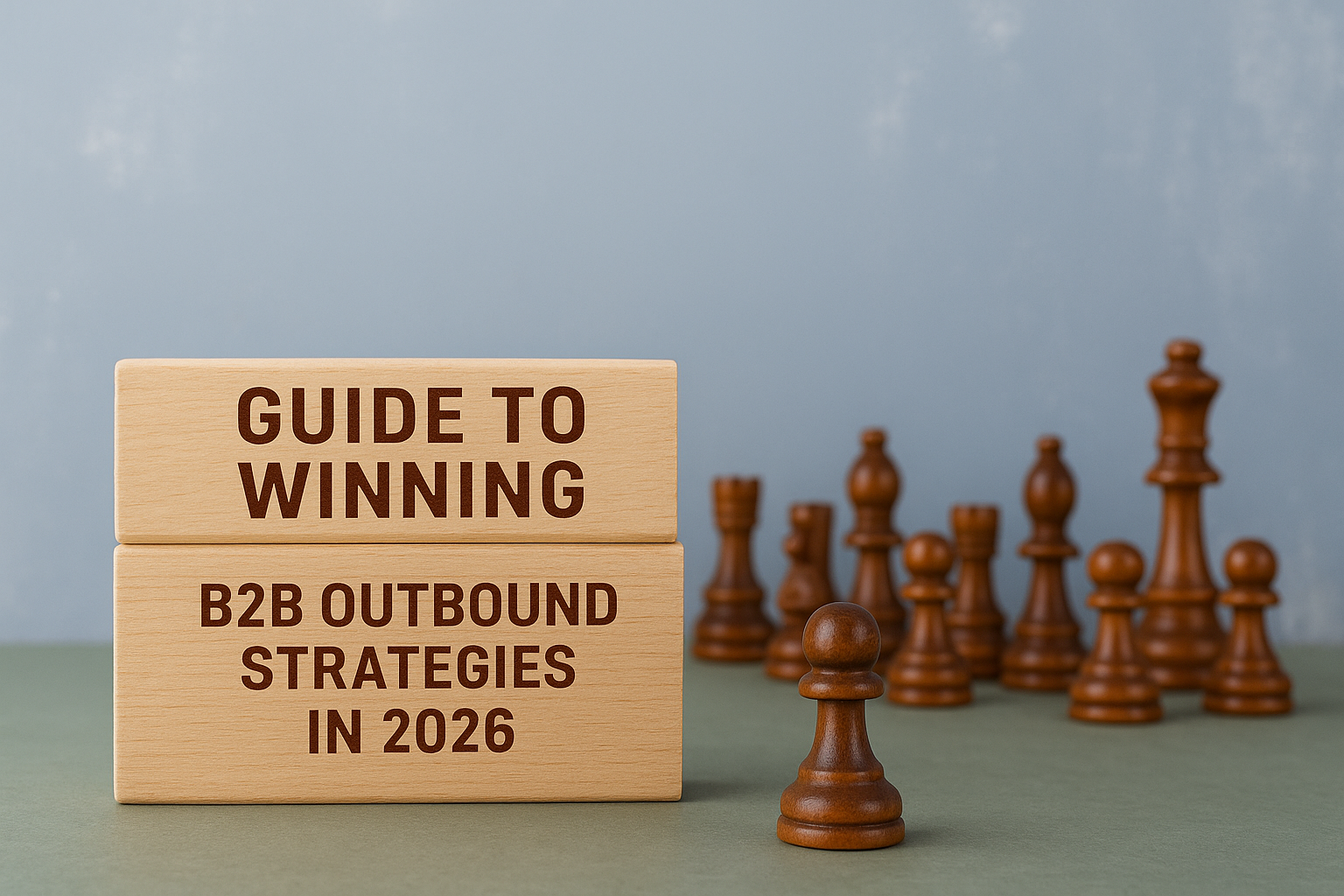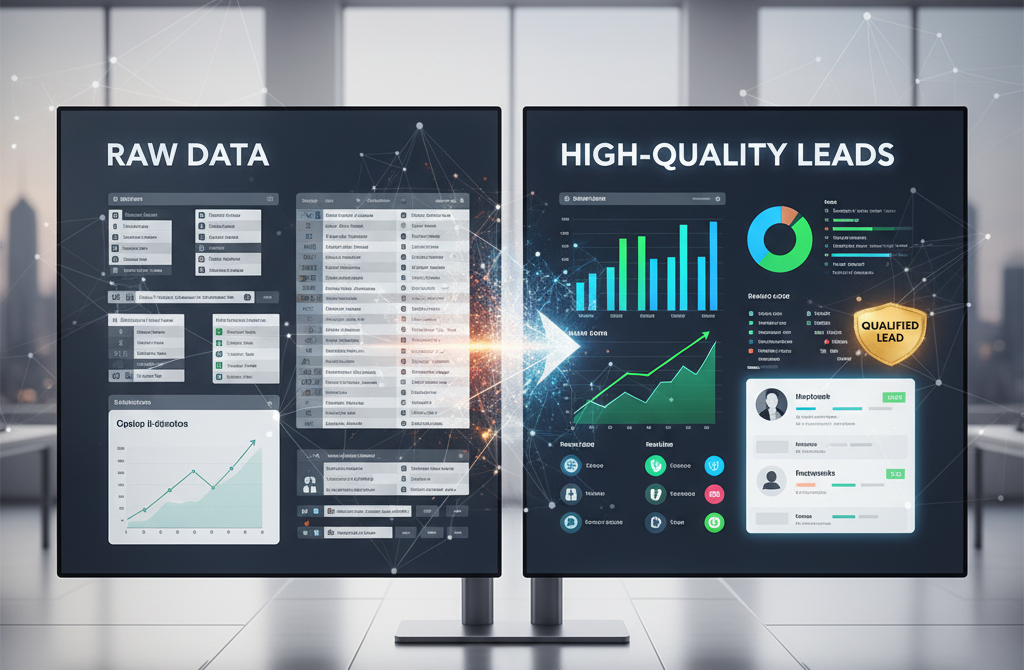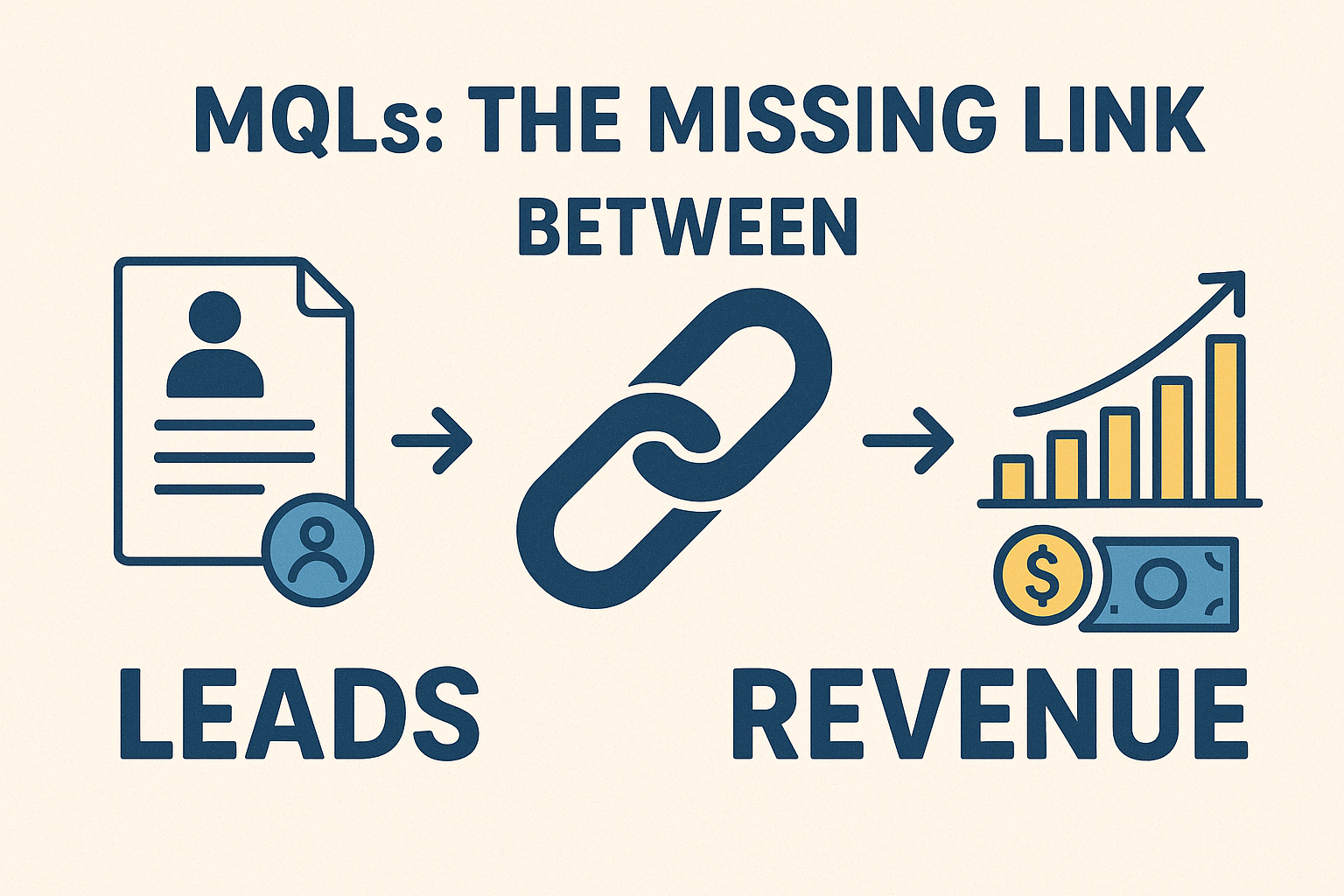Email marketing has evolved significantly over time, yet its relevance persists in today’s advanced digital world. Marketers continue to pursue higher email open rates as they remain a crucial metric for generating qualified leads.
Despite the emergence of new marketing channels, the enduring effectiveness of email marketing underscores its enduring value in engaging audiences and driving conversions.
Think of it like having a direct line to your customers—a way to chat with them, share updates, and build a lasting connection.
In today’s world, where attention spans are short and inboxes are full, email marketing can be a powerful tool for businesses of all sizes.
Well, imagine being able to:
- Connect with potential customers and introduce them to your brand.
- Keep your existing customers informed about new products, special offers, and valuable insights.
- Nurture relationships and build trust with your audience.
- Drive sales and encourage customers to take action.
Sounds pretty good, right? This guide will equip you with the knowledge and strategies to launch successful email marketing campaigns. We’ll cover everything from building your email list to crafting compelling content and we’ll even show you how to track your results so you know what’s working (and what’s not).
Table of Contents
Toggle1# Building Your Email List
Imagine throwing a party but forgetting to invite anyone! In email marketing, your email list is your guest list; it’s the foundation for reaching the right people with your message. Here’s why building a targeted and high-quality list is crucial:
Relevance is Key
Targeted emails resonate more with recipients, leading to higher engagement and conversions. An engaged list is more likely to open your emails, click on your links, and ultimately become paying customers.
Quality Over Quantity
A list full of inactive or uninterested contacts is a good use of resources. Focus on building a list of people who are genuinely interested in what you have to offer.
Building Trust and Relationships
Permission-based email marketing allows you to build trust with your audience. By providing valuable content and respecting their inbox, you nurture relationships that can lead to long-term loyalty.
How do you actually get people to raise their hands and join your party? Here are some organic strategies for growing your email list:
Website Opt-in Forms
Make it easy for visitors to subscribe to your website. Place strategic opt-in forms throughout your site, like after blog posts, on your homepage, or during checkout. Keep the forms concise, requiring only essential information like name and email address.
Lead Magnets
Offer valuable resources in exchange for email addresses. This could be an informative e-book, a discount code, a free webinar, or anything that solves a problem your target audience faces. Promote your lead magnet through website banners, social media posts, and targeted ads.
Social Media Promotion
Leverage your social media channels to promote your email list. Run contests or giveaways where entry requires signing up for your list. Share snippets of your email content on social media to entice people to subscribe for the whole experience.
Website Pop-ups
Pop-ups can be effective for capturing leads, but they should be used strategically. Avoid overly intrusive pop-ups that block the entire screen. Consider offering a time-sensitive discount or exclusive content in exchange for subscribing.
Remember, it’s not just about quantity – it’s about building a healthy email list. Here are some best practices to maintain a high-quality list:
- Permission-Based Marketing: Always obtain explicit consent from individuals before adding them to your list. Provide a clear unsubscribe option in every email you send.
- Email List Hygiene: Regularly remove inactive subscribers or those with bounced emails. This ensures your list remains active and engaged.
- Segmentation: Segment your list based on interests, demographics, or purchase history. This allows you to send targeted emails with content that resonates with specific segments, increasing engagement.
By implementing these strategies and maintaining good email list hygiene, you’ll build a solid foundation for successful email marketing campaigns. In the next section, we’ll delve into the art of crafting compelling email content that your subscribers will love to open!
2# Crafting Compelling Email Content
Your email list is built; now it’s time to craft the magic that gets opened and engaged with the content itself! Here’s a breakdown of the key elements that transform an email from a digital ghost to an engaging conversation starter:
-
Subject Lines: The All-Important First Impression
Think of your subject line as the headline of a newspaper. It needs to be clear, concise, and intriguing enough to entice someone to open the email. Here are some tips for crafting winning subject lines:
- Keep it Short and Sweet: Aim for 50 characters or less to avoid getting cut off in inboxes.
- Highlight Value: Clearly communicate the benefit your email offers, whether it’s a new product announcement, a special offer, or valuable content.
- Spark Curiosity: Use questions, teasers, or a sense of urgency to pique the reader’s interest.
- Personalize When Possible: Include the subscriber’s name or reference their purchase history to grab attention.
-
Preheader Text: The Unsung Hero
The preheader text is that short snippet displayed next to your subject line in many email clients. It’s your chance to elaborate on the subject line and further entice the reader to open it. Here’s how to optimize your preheader text:
- Expand on the Subject Line: Offer more details about the email content without giving away everything.
- Maintain Consistency: Ensure the preheader text aligns with the subject line and overall email message.
- Strong Call to Action (CTA): Consider including a mini-CTA in the preheader text to encourage immediate action.
-
Email Body: Where the Magic Happens
Once you’ve opened the door (or inbox), it’s time to craft an engaging email body. Here are some best practices to keep in mind:
- Structure for Scannability: Break up your content with clear headings, subheadings, and bullet points for easy skimming. Keep paragraphs concise and visually appealing.
- Conversational Tone: Avoid dry, robotic language. Develop a friendly and approachable tone that resonates with your audience.
- Personalization Power: Personalize your email content whenever possible. Use the subscriber’s name, reference past purchases, or segment your list to send targeted messages.
- Compelling Calls to Action (CTAs): Tell your readers what you want them to do next. Include clear and distinct CTAs throughout the email, whether it’s visiting your website, downloading a resource, or making a purchase.
-
Design and Visuals: A Feast for the Eyes
People are visual creatures. Incorporating visuals into your emails can significantly enhance engagement. Here’s how to leverage visuals strategically:
- High-Quality Images and Videos: Use professional-looking images and videos that complement your email content and brand identity.
- Strategic Placement: Place visuals strategically throughout the email to break up the text, highlight key points, and guide the reader’s eye.
- Mobile-Friendly Design: Ensure your email design is optimized for mobile devices, as many subscribers will be checking their email on smartphones or tablets.
By focusing on these critical elements, you can craft compelling email content that not only gets opened but also inspires action from your audience. Remember, the goal is to build relationships and nurture connections with your subscribers. Make your emails informative, valuable, and visually appealing, and you’ll be well on your way to email marketing success!
3# Automating Success
Imagine sending personalized emails to hundreds of subscribers – all without lifting a finger! This is the magic of email marketing automation. It allows you to create pre-written email sequences that are automatically triggered based on specific subscriber actions or inactions.
Here are some key benefits of email marketing automation:
Save Time and Resources
Automation frees up your time from repetitive tasks, allowing you to focus on other strategic initiatives.
Personalized Communication
Send targeted emails based on subscriber behavior or preferences, fostering more profound connections.
Nurture Leads
Automated email sequences nurture leads through the sales funnel, keeping your brand top-of-mind and guiding them toward conversion.
Increased Engagement
Triggered emails based on specific actions, like cart abandonment, can recapture lost sales opportunities and improve customer engagement.
Now, let’s explore some popular email automation workflows to leverage:
- Welcome Series: A series of automated emails sent to new subscribers, introducing them to your brand, highlighting key benefits, and offering a warm welcome.
- Abandoned Cart Reminders: Automated emails are triggered when a subscriber leaves items in their cart without completing the purchase. These emails can remind them about the abandoned items and offer incentives to complete the purchase.
- Post-Purchase Follow-ups: Automated emails sent after the purchase, thanking customers for their business, offering helpful resources related to their purchase, and encouraging repeat business.
- Win-back Campaigns: Automated emails sent to inactive subscribers to re-engage them with your brand. These emails might offer special promotions or exclusive content to entice them to come back.
There are numerous email marketing automation tools and platforms available, each with its features and functionalities. Some popular options include:
- Mailchimp
- Constant Contact
- ActiveCampaign
- Drip
- HubSpot
Choosing the right automation tool depends on your specific needs and budget. Consider factors like ease of use, scalability, pricing plans, and available integrations with your existing marketing tools.
By implementing email marketing automation, you can streamline your communication efforts, personalize your message, and ultimately achieve greater engagement and results from your email marketing campaigns.
4# Measuring Success
Just like any marketing strategy, the key to success in email marketing lies in measuring your results. Knowing what’s working and what’s not allows you to refine your approach and continuously improve campaign performance. Here, we’ll delve into crucial metrics to track and analyze, the power of A/B testing, and resources to help you measure success.
Essential Email Marketing Metrics:
- Open Rates: This indicates the percentage of subscribers who open your email. While open rates have decreased in recent years due to privacy features, they can still provide a general sense of how engaging your subject lines are.
- Click-Through Rates (CTRs): This measures the percentage of subscribers who click on a link within your email. A high CTR signifies that your email content is relevant and compelling, driving subscribers to take action.
- Conversion Rates: This is the ultimate metric, indicating the percentage of subscribers who complete a desired action, such as making a purchase or downloading a resource. Conversion rates tell you how effective your emails are at achieving your marketing goals.
- Bounce Rates: This refers to the percentage of emails that are undeliverable. High bounce rates can indicate issues with your email list, such as outdated addresses or typos.
By tracking these key metrics, you can gain valuable insights into subscriber behavior and the overall effectiveness of your email marketing campaigns. Remember, the “best” metrics will vary depending on your campaign goals.
A/B Testing: The Key to Optimization
A/B testing involves sending two variations of an email to different segments of your list. This allows you to compare elements like subject lines, email copy, calls to action, or design layouts. By analyzing the results, you can identify which version performs better and optimize your future emails for greater engagement.
Tools and Resources for Success
Thankfully, you don’t have to track and analyze everything manually. Most email marketing platforms provide built-in analytics dashboards that display key metrics for your campaigns. Additionally, numerous online resources offer tutorials, guides, and best practices for email marketing measurement.
By incorporating these essential metrics and A/B testing into your email marketing strategy, you can gain valuable insights into what resonates with your audience.
Remember, measuring and analyzing your results is an ongoing process. Continuous monitoring and optimization will ensure your email marketing efforts deliver the engagement and results you desire.
5# Refining Your Approach
Now that you’ve grasped the fundamentals of crafting compelling email content and measuring success, let’s explore some best practices and legal considerations to elevate your email marketing game.
Best Practices for Peak Performance
- Sending Frequency: There’s no one-size-fits-all answer, but bombarding inboxes is a turn-off. Find the sweet spot for your audience, balancing valuable content with preventing unsubscribes. Start with a lower frequency and gradually increase based on engagement data.
- Segmentation Strategies: Make sure to treat your entire list the same. Segment your subscribers based on demographics, interests, purchase history, or other relevant factors. This allows you to send targeted emails with content that resonates with specific segments, leading to higher engagement and conversions.
- Mobile Optimization: With the rise of mobile browsing, ensuring your emails are optimized for smartphones and tablets is crucial. Use responsive design templates, keep layouts simple, and include large, clear call-to-action buttons.
Beyond Best Practices: Legal Considerations
Building trust and ethical marketing are vital aspects of successful email marketing. Here’s a brief overview of critical legal considerations:
- CAN-SPAM Compliance: The CAN-SPAM Act in the United States regulates commercial email marketing. Ensure you have explicit permission from subscribers before adding them to your list. Provide a clear unsubscribe option in every email, and honor unsubscribe requests promptly.
- GDPR Regulations: The General Data Protection Regulation (GDPR) in Europe sets strict guidelines for data privacy. If you have subscribers from the EU, ensure you comply with GDPR regarding data collection, storage, and user consent.
Here are some additional tips for responsible email marketing:
- Avoid Spammy Practices: Refrain from using deceptive subject lines, excessive exclamation points, or all-caps text.
- Maintain Data Security: Implement strong data security measures to protect subscriber information.
- Transparency is Key: Be transparent about how you collect and use subscriber data. Provide a privacy policy that outlines your data practices.
By following these best practices and adhering to legal considerations, you can ensure your email marketing efforts are not only practical but also responsible and compliant. Remember, building trust and respecting your audience’s privacy are cornerstones of long-term success in email marketing.
Bonus Tip: Always stay up-to-date on evolving regulations and best practices in email marketing. This ensures your approach remains ethically compliant and delivers the best possible results for your brand and your audience.
Conclusion
Now, you’re equipped with the knowledge and strategies to craft compelling email campaigns that nurture leads, build relationships, and drive results.
Remember, the key takeaways are building a targeted email list, crafting engaging content, leveraging automation for efficiency, and continuously measuring and optimizing your campaigns.
FAQs
-
What is required for email marketing?
- An email list (permission-based!): Build it through website opt-in forms, lead magnets, etc.
- An email marketing platform: Choose one that suits your needs (e.g., Mailchimp, Constant Contact).
- Compelling content: Craft engaging emails with clear calls to action (CTAs).
-
How does email marketing work?
- You build an email list of subscribers who have opted-in to receive your emails.
- You create targeted email campaigns with valuable content or promotions.
- You send emails using your email marketing platform.
- Subscribers open your emails, click on CTAs, and engage with your brand.
- You track results and analyze data to optimize future campaigns.
-
What are the 4 types of email marketing?
- Welcome Series: Introduce new subscribers to your brand.
- Promotional Emails: Announce sales, discounts, or new product launches.
- Nurturing Emails: Educate leads and move them through the sales funnel.
- Transactional Emails: Order confirmations, shipping updates, or password resets.
-
What are the five steps of email marketing?
- Define your goals: What do you want to achieve with email marketing (e.g., brand awareness, sales)?
- Build your email list: Attract subscribers with valuable content and opt-in forms.
- Segment your list: Tailor emails to specific subscriber interests or demographics.
- Craft compelling content: Write engaging emails with clear CTAs.
- Track and analyze the results: Measure critical metrics and optimize future campaigns.






